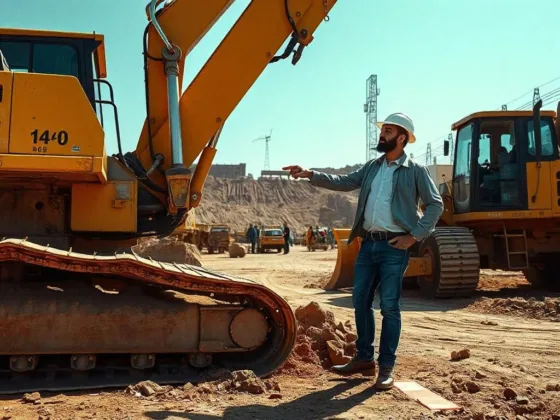Table of Contents Show
There’s nothing quite as soothing as the sounds of a fountain. Water features can make a gorgeous and calming addition to a home or yard, but it can be challenging to find one that meets the needs of your space, let alone your budget.
If you want a water feature but are frustrated with the cost and limitations, try designing your own! Learning how to create your own water feature can add both zen and class to your indoor and outdoor spaces.
It’s essential to know just how to do it in a way that’s both safe and satisfying.

Step 1: Location
Before collecting materials or deciding on a design, find a spot where you want to put your water feature. There aren’t too many rules to follow here; that’s the beauty of designing your own.
There are so many different spots a fountain could work.
That doesn’t mean, however, that there aren’t essential tips to keep in mind. Water features can be finicky and easily clog, and you have to be practical. There are a few factors to watch out for when deciding where to install your water feature.
If you were thinking of putting a fountain under your favorite pine tree, think again. It’s vital not to put a fountain too close to any trees.
Fallen debris and insects can clog your fountain’s drain quickly. It’ll also make your water feature more prone to bird droppings, which can again clog the drain.
You also need to make sure that it’s close to a power source if you’re using an electric pump. However, electric pumps come in a range of lengths. This is just something to keep in mind if you have a vast amount of space.
For most people, the sound of the fountain is a huge bonus. If you love the noise, make sure you’re also putting your fountain somewhere where you can hear it.
It would be a shame to miss out on the tranquility-inducing sounds that come from water features.
Read Also:
Step 2: The Size, Shape, and Depth
Once you get a general sense of where you want your fountain to go, you should move on to determining an exact size and shape. This is also when you should start trying to get together materials or consulting with professionals.
When thinking of water feature materials, the opportunities are more endless than you think. There are large fountains with big concrete slabs you have to install if you want to go a more traditional route.
There are also more creative fountains you can make, from stone structures to watering cans.
This is also the phase when you need to decide on your fountain’s depth. Will the fountain dig into the ground, or will the entire structure rest on the surface?
There are so many wonderful ideas available to you online if you’re stuck and need more design ideas.
Step 3: Lighting, Accessories, and Landscaping

The size and shape of a water feature aren’t the only fountain design elements. Lighting can play a crucial role in making a water feature look beautiful. Accessories and landscaping can complete a design and make it fit with the rest of your space.
If you want the lighting to highlight a fountain’s features or make it shine at night, it’s essential to determine where to put it.
You should also think of what color and tone you want your lights to be. The color of the lights will set a mood.
Accessories can range from pebbles on the floor of your fountain to water plants on your fountain’s surface. You also aren’t limited to water plants either. Think of plants you may want to plant around your water feature, too!
Step 4: Pumps, Tubing, and Filters
A water feature design is nothing without a mechanism to get the water flowing. The proper pumps and tubing depend on the size of your water feature.
A lot of large fountains need larger flooded pumps or centrifugal turbines. If you’re planning on a small fountain, you may be able to get away with an electric pump with minimal plumbing involved.
Filters are also crucial in the fountain design process. You don’t want gross water. There are many ways to treat your water, from chemical treatments to sand filters to pump screens.
It may seem overwhelming, but it’s pretty easy to determine which filtering option is right for you when looking at your budget and the size of your water feature.
Step 5: Assembly
Putting together your fountain can be challenging but rewarding. There are also ways to hire professionals to help you with your vision. If you are assembling the water feature yourself, make sure you are using proper safety equipment.
Step 6: Plumbing
When you have finished with assembly, it’s time to get your water feature running. For that, it might get complicated.
Many water feature projects involve some level of plumbing. Some projects require quite extensive plumbing, so make sure you consider this when designing.
A concrete next step would be to set up your own plumbing for smaller projects. Still, there are many projects where hiring a professional plumber is best.
Many fountain projects require underground tubing and the like, and that’s a job for a professional.
It’s also beneficial to get a plumber out to check out your drainage system. Fountains can flood. If it rains and your fountain overspills, the last thing you want is for your space to be ruined.
With that being said, it’s crucial you look into trench drains.
Step 7: Installing a Trench Drain
A trench drain sounds complicated and industry-specific, but all it really is is a gutter for the ground. Trench drains are incredibly effective ways to get rid of excess water. While not all water features require trench drains, many of them do.
Some people may feel inclined to install their own by digging a trench from your fountain to your storm drain then putting in the proper materials.
For most people, however, that’s difficult and risky. It’s a good idea to leave something as important as trench drain installation to the experts.
Step 8: Sit Back and Relax
So you have your fountain assembled, you’ve checked to make sure there’s proper plumbing and drainage set up. What’s next?
Nothing! Designing a water feature can be challenging, but it’s one of those projects that’s incredibly rewarding when complete.
With a water feature that you designed yourself, you can wow your guests, spruce up your space, and relax to its soothing sounds. So enjoy! Close your eyes, listen to the running water, and bask in the relaxation you deserve.











